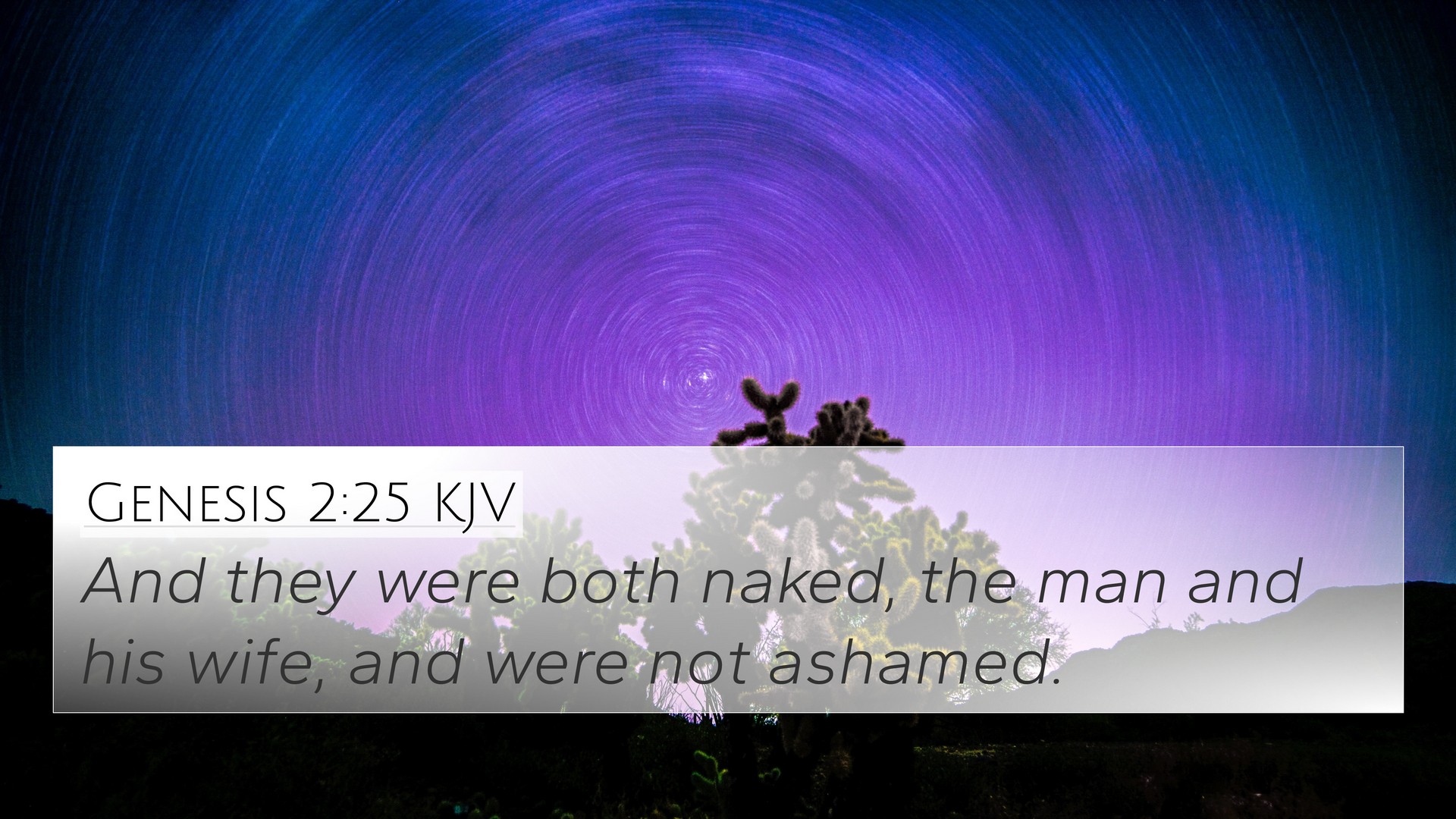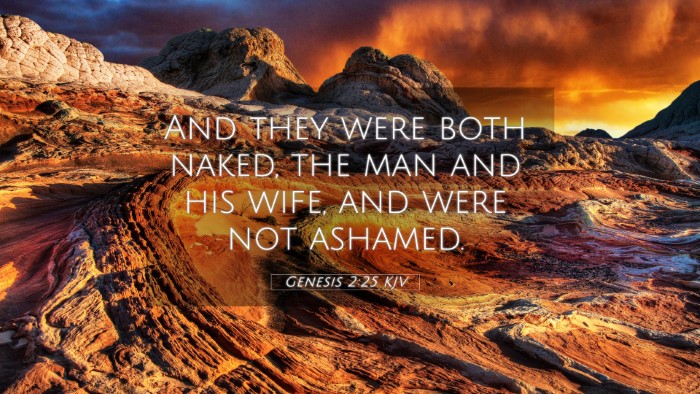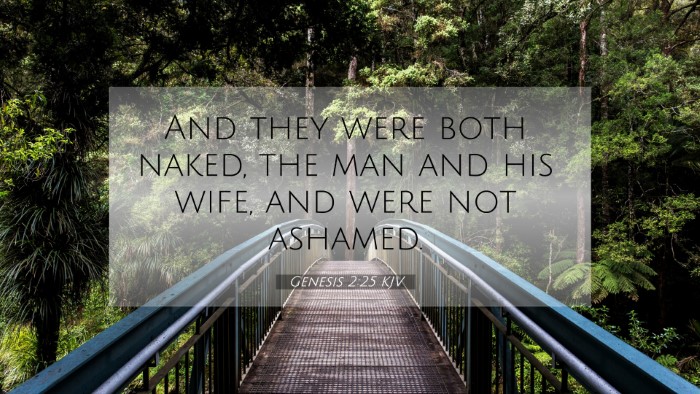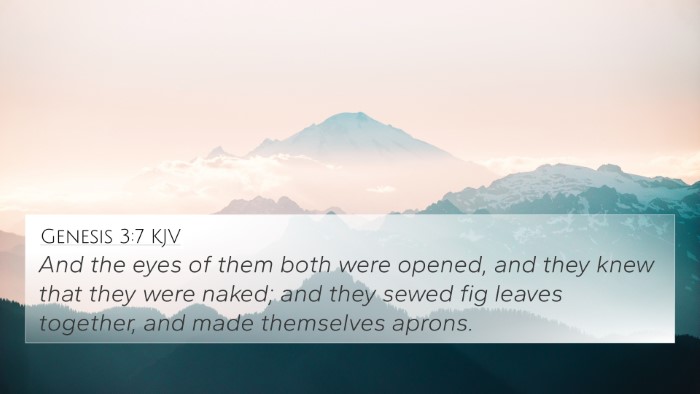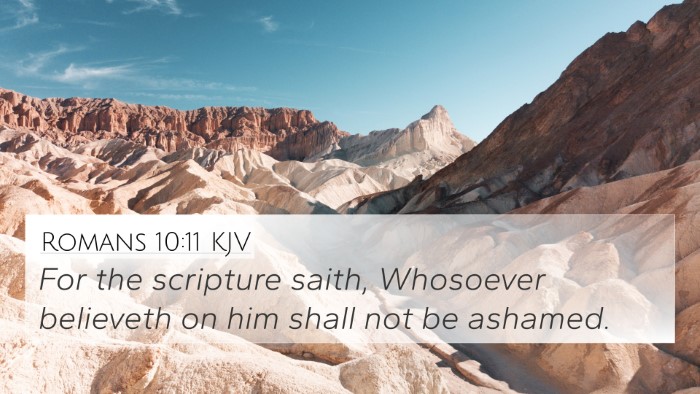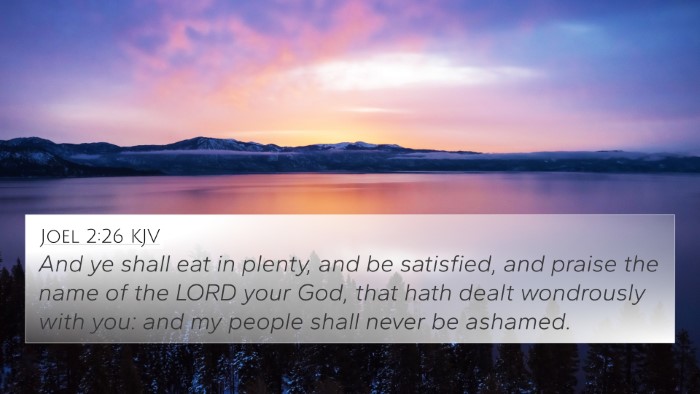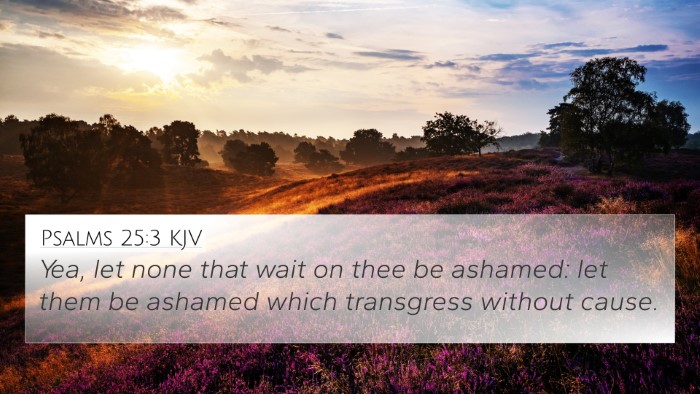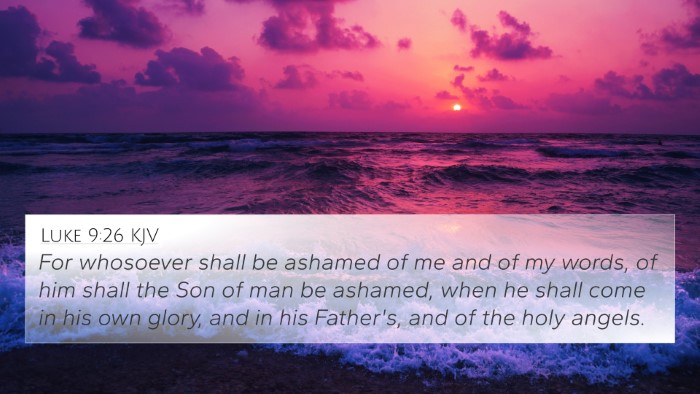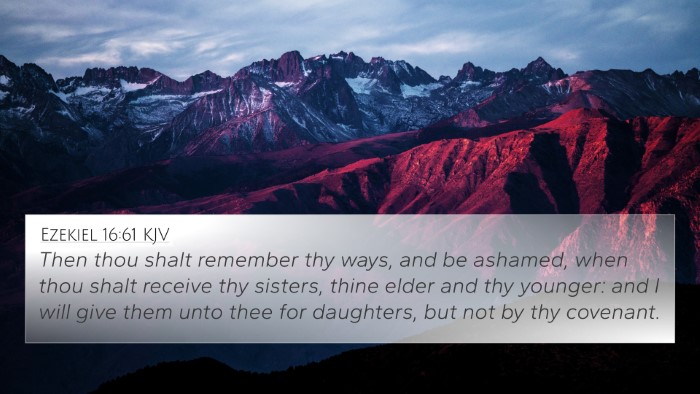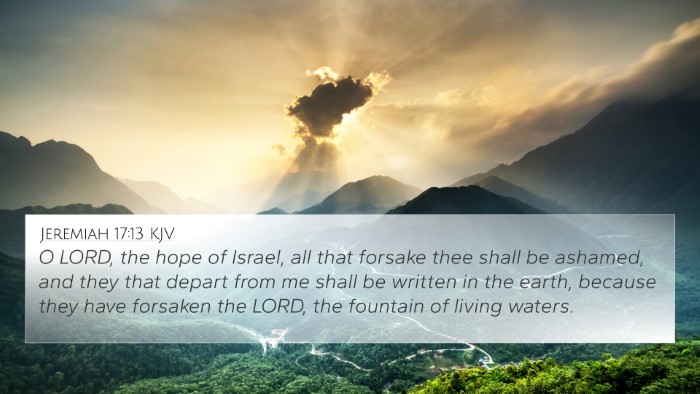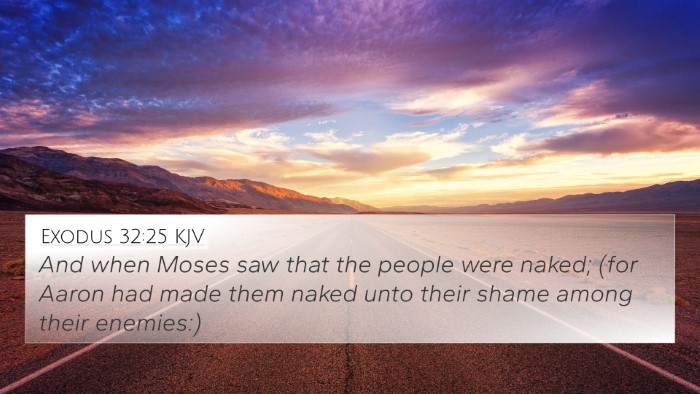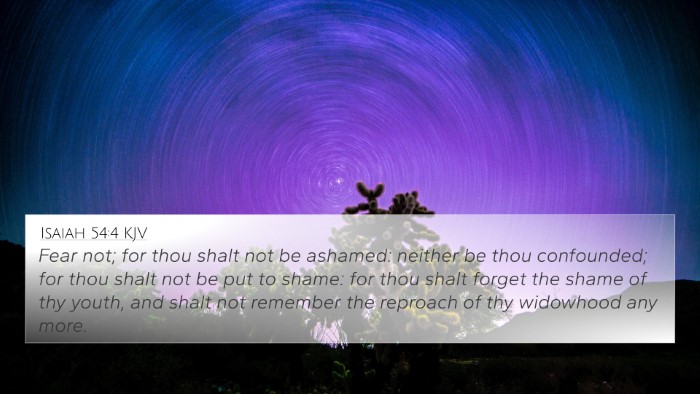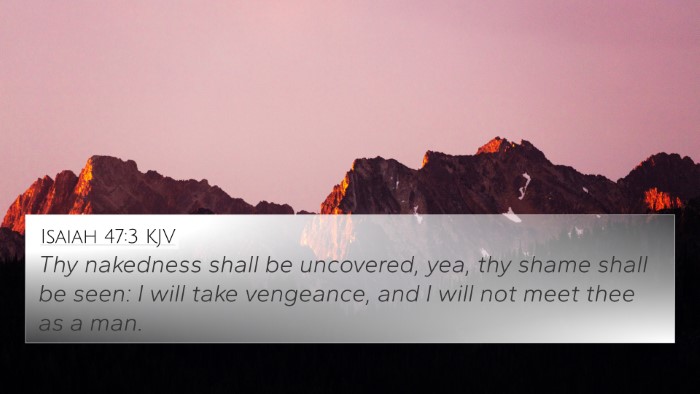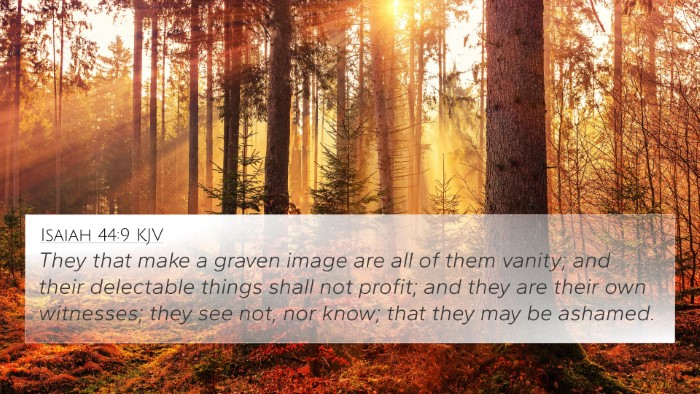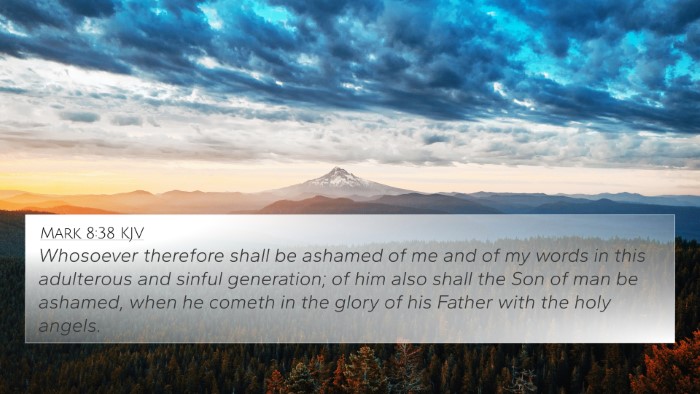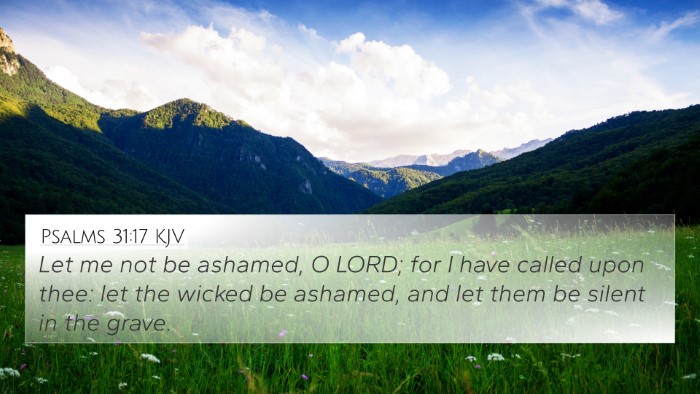Understanding Genesis 2:25
Bible Verse: Genesis 2:25 - "And they were both naked, the man and his wife, and were not ashamed."
Summary of Meaning
This verse captures the state of innocence and harmony in which Adam and Eve existed prior to the Fall. The verse reflects much deeper themes of transparency, purity, and an unashamed existence in the presence of God and each other. In this context, public domain commentaries provide profound insights into the implications of this state of being, elucidating the narrative surrounding human relationships, creation, and divine intent.
Insights from Public Domain Commentaries
-
Matthew Henry's Commentary
Henry emphasizes the significance of **nakedness** as a symbol of purity and uncorrupt nature before sin entered the world. He notes that their lack of shame illustrates the profound connection and trust present in their relationship with each other and God.
-
Albert Barnes' Notes
Barnes highlights that the absence of shame indicates a state of complete acceptance and love. He suggests that the **nakedness** represents not just the physical state but a spiritual and emotional vulnerability that is beautiful and wholesome. The context of this verse establishes a baseline for understanding human relationships as intended by God.
-
Adam Clarke's Commentary
Clarke draws attention to the Hebrew meaning of 'naked' (ערום, arum), which has connotations of being subtle or crafty when used in other contexts. Here, however, it denotes innocence and suggests that humanity was in a state where cunning had not yet tainted their existence. Clarke's commentary delves into the psychological aspects of the human experience, contributing to the understanding of early human nature.
Thematic Connections
The themes arising from Genesis 2:25 resonate throughout scripture, drawing connections between man's original state and the consequences of sin. Below are several biblical cross-references that relate to this verse:
- Genesis 3:7: This verse marks the transition into shame as Adam and Eve realize their nakedness after sinning.
- Hebrews 4:13: This passage emphasizes that nothing is hidden from God, echoing the openness and vulnerability expressed in Genesis 2:25.
- Matthew 19:5: Jesus cites Genesis 2:24, emphasizing the intention of unity and the sacredness of marriage, linking back to the original creation narrative.
- Revelation 3:18: This verse invites believers to gain white garments to cover the shame of nakedness, contrasting the initial state of Adam and Eve.
- 1 Corinthians 15:48-49: Paul discusses the natural body and the spiritual body, referring back to the original creation and the implications of sin on humanity.
- Romans 8:21: This verse hints at the liberation from the corruption of this world, connecting to the state of innocence before the Fall.
- Galatians 3:28: In Christ, there is unity beyond shame and separation, paralleling the nakedness of Adam and Eve in their innocent state.
Inter-Biblical Dialogue
The inter-Biblical dialogue regarding the themes of purity, vulnerability, and divine intention can be extensively explored through cross-referencing Bible verses. As seen above, verses convey the transformation from the innocence of Genesis to the complexities introduced by human disobedience. By understanding these connections, readers gain a deeper appreciation of the biblical narrative and its implications for humanity.
Tools for Bible Cross-Referencing
Engaging with the Bible through cross-references enriches personal study and sermon preparation. Here are some tools and methods to facilitate this:
- Bible Concordance: A valuable tool for locating specific themes and verses throughout scripture.
- Bible Cross-Reference Guide: Various guides provide systematic approaches to finding related scriptures.
- How to Use Bible Cross-References: Understanding the contextual significance and relationships between verses enhances study depth.
- Comprehensive Reference Resources: Utilize resources dedicated to cross-referencing biblical texts for detailed examination.
Closing Thoughts
Genesis 2:25 is a pivotal verse that not only defines the state of humanity at creation but also opens dialogues on themes of relationships, vulnerability, and the impact of sin. As believers explore the connections provided in scripture, they can uncover rich insights into the nature of God’s design for human life. Whether through thematic Bible verse connections or scriptural cross-referencing, each discovery adds to the understanding of the vast narrative of the Bible.
